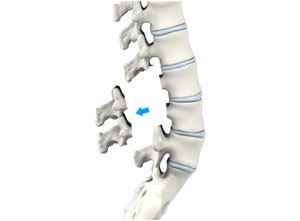When most people hear the words spine surgery, they imagine large, painful scars and long recovery times. With minimally invasive surgical techniques (MIS), spine surgery has recently seen swift advances and includes multiple benefits, including:
- Smaller incisions
- Smaller scars/less scar tissue
- Less pain
- Reduced blood loss
- Reduced muscle retraction and soft tissue damage
- Possibility of being performed on an outpatient basis
- Shorter hospital stays
- Faster recovery times
- Quicker return to work and other daily activities
As with all non-emergency spinal surgeries, patients should undergo an appropriate period of conservative treatment, such as physical therapy, pain medication, or bracing, before considering minimally invasive spine surgery. Although many patients report substantial pain and symptom relief, there is no guarantee that surgery will help every patient. A few of surgical treatment options include, but are not limited to:
- Anterior cervical corpectomy
- Artificial cervical total disc replacement
- Cervical laminoplasty
- Kyphoplasty
- Scoliosis correction
- Lumbar Disc Microsurgery
- Lumbar Micro-decompression
- Laminectomy
Many of these procedures can be performed on an outpatient basis at our surgical center, or the patient may require a hospital stay for observation, typically less than 24 hours to 2 days, depending on the procedure.
-

A lumbar laminectomy is also known as an open decompression and is typically performed to alleviate pain caused by neural impingement that results from lumbar spinal stenosis.
Know More

